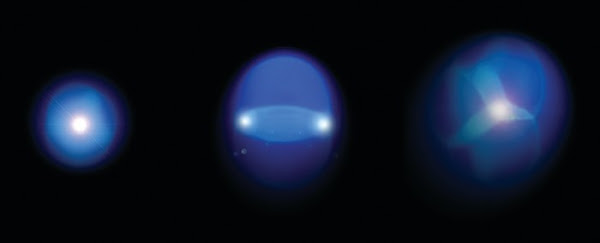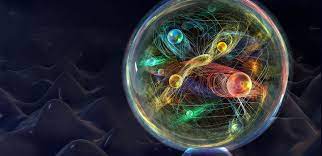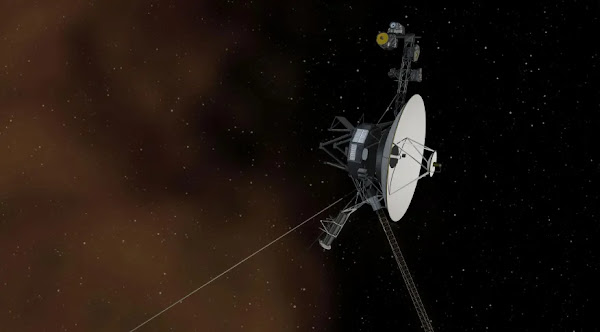Destaques
- Gerar link
- X
- Outros aplicativos
Strange Matter.
The theory of strange matter was first proposed in the 1970s, and since then, scientists have been trying to understand its properties and behavior. It is believed that strange matter could exist in the cores of neutron stars, where the immense pressure and temperature could force protons and neutrons to combine into strange matter.
Some scientists also theorize that strange matter could exist in the form of strangelets, which are small, dense, and stable particles composed of strange quarks. Some theories suggest that strangelets could be produced in high-energy collisions, such as those that occur in particle accelerators.If strange matter exists, it could have some very unusual properties. For example, it could be much denser and more stable than regular matter, and it could be highly conductive to electricity. Strange matter could also be highly reactive, meaning it could potentially fuse with other forms of matter, including normal matter, which could lead to an unstable reaction called a "strangelet bomb." The existence of strange matter has yet to be proven and its properties are not fully understood. Many scientists believe that it is possible that strange matter exists, but more research is needed to confirm this. The study of strange matter is an active area of research and is expected to continue to be an important area of study in the future.
In summary, strange matter is a hypothetical form of matter that is composed of up, down and strange quarks, it's called strange because the strange quarks have a property called "strangeness" that is different than the properties of the up and down quarks that make up the protons and neutrons in atoms that make up matter around us. The theory of strange matter was first proposed in the 1970s and scientists have been trying to understand its properties and behavior. The existence of strange matter has yet to be proven and its properties are not fully understood. However, it's believed that strange matter could exist in the cores of neutron stars and in the form of strangelets, which are small, dense, and stable particles composed of strange quarks.
If strange matter exists, it could have some very unusual properties, such as being much denser and more stable than regular matter, and it could be highly conductive to electricity. The study of strange matter is an active area of research and is expected to continue to be an important area of study in the future, as scientists continue to explore the properties of this mysterious and intriguing form of matter.
- Gerar link
- X
- Outros aplicativos
Postagens mais visitadas
The Higgs Boson: Unveiling the Particle that Shaped the Universe
- Gerar link
- X
- Outros aplicativos
The Voyagers: Humanity's Enduring Messengers in Deep Space
- Gerar link
- X
- Outros aplicativos


